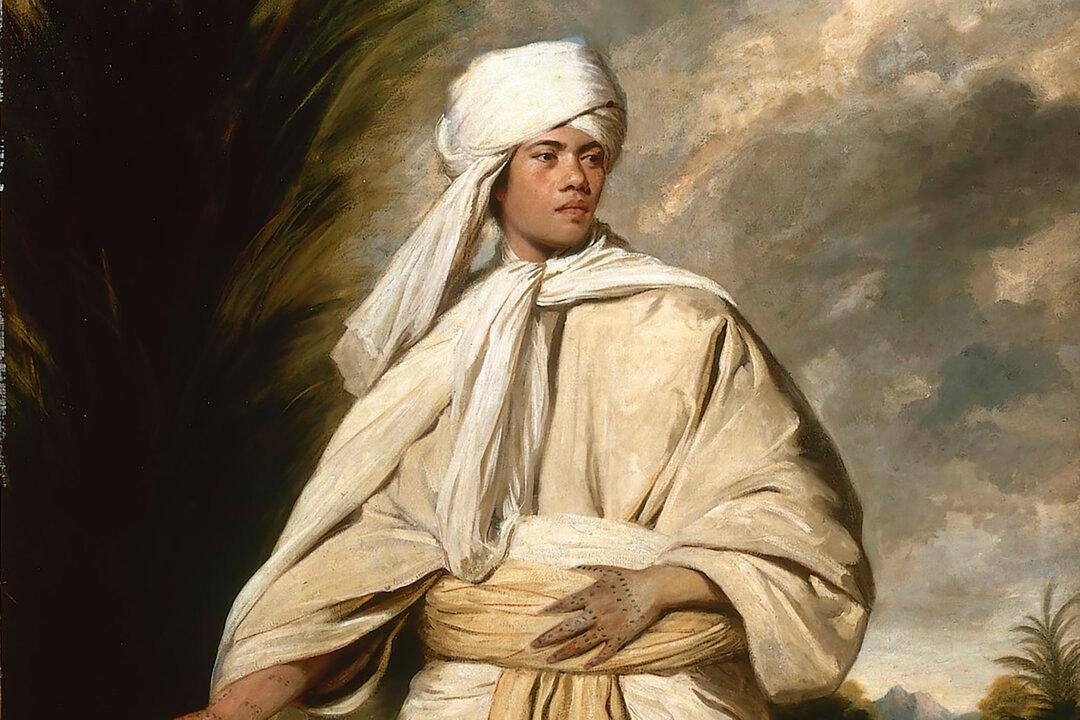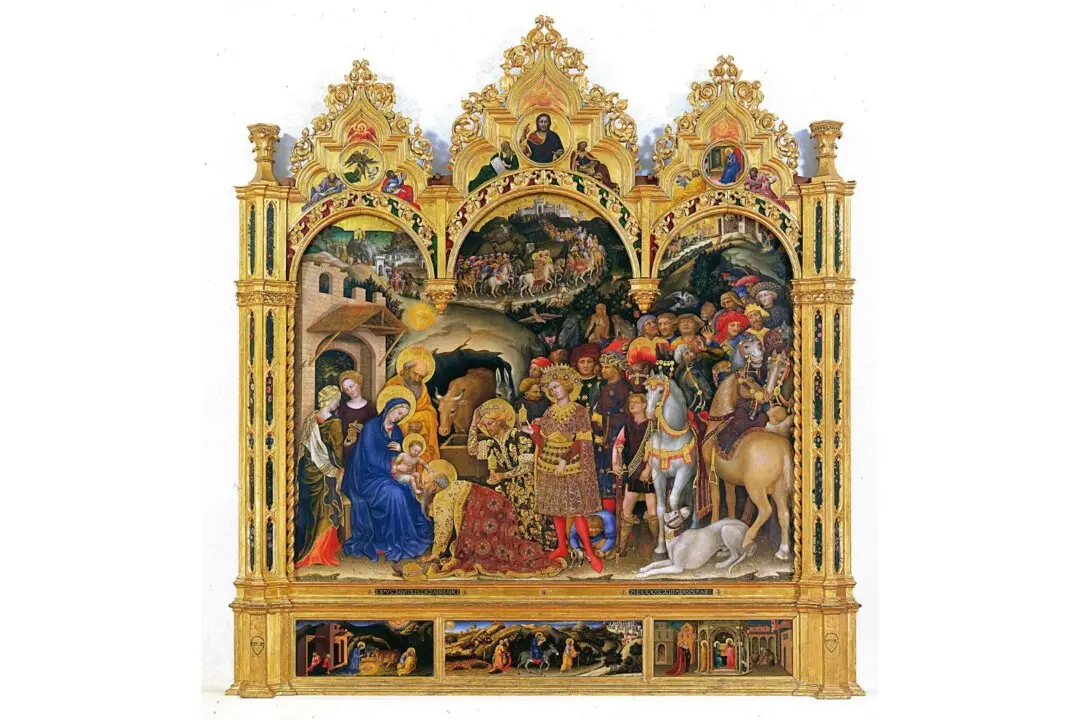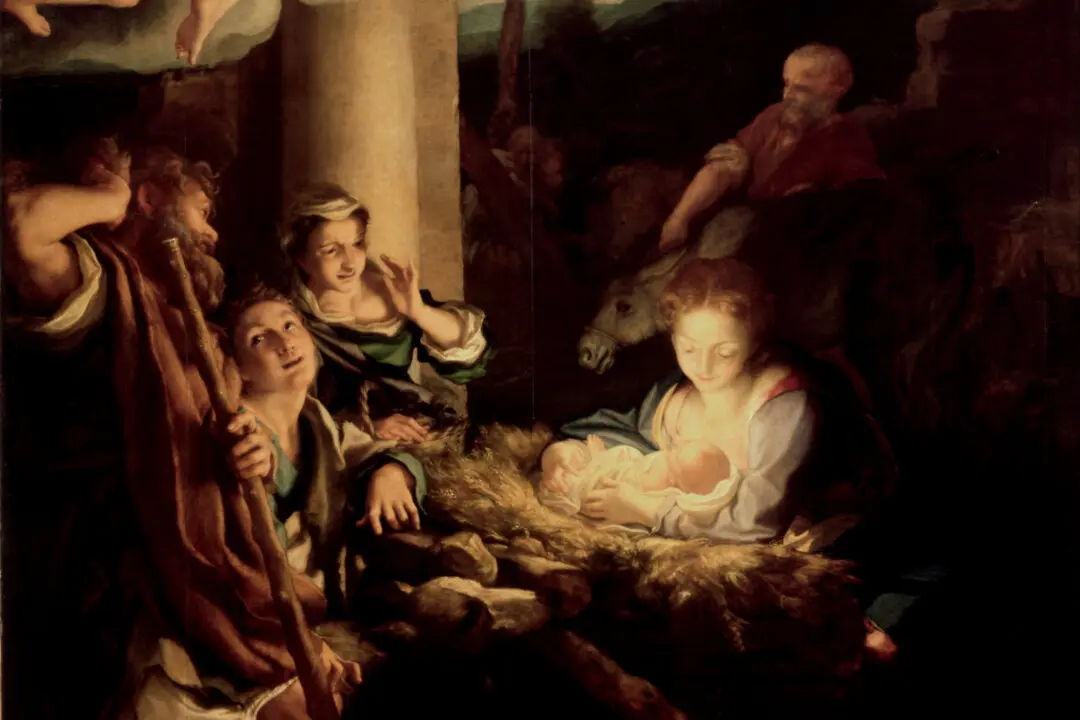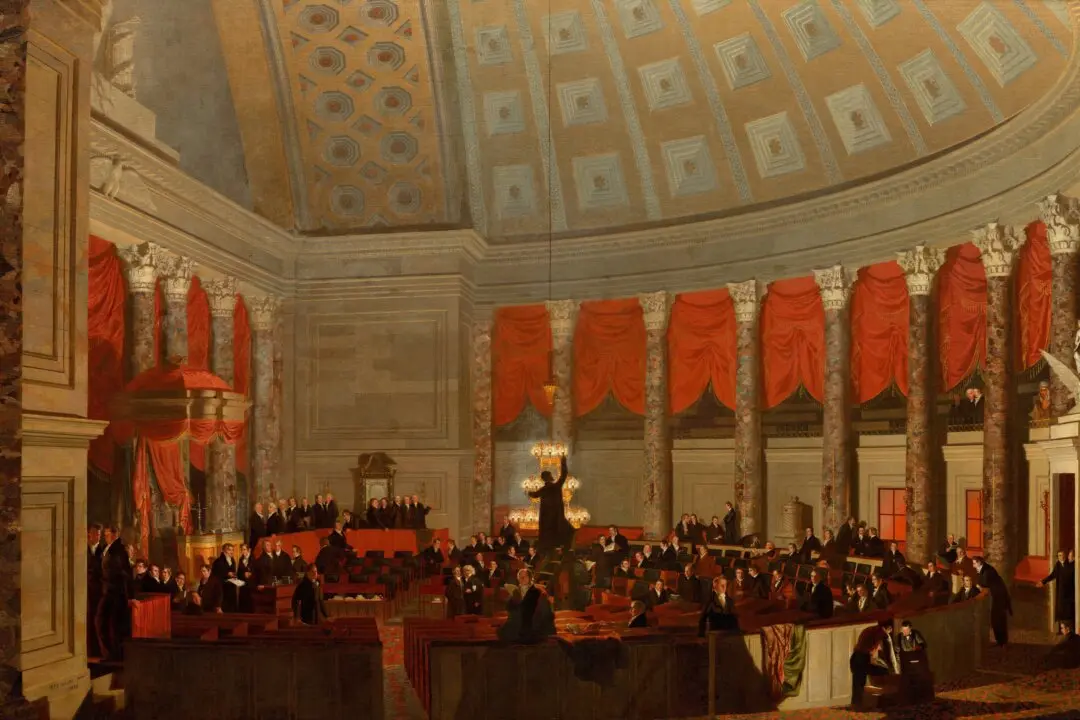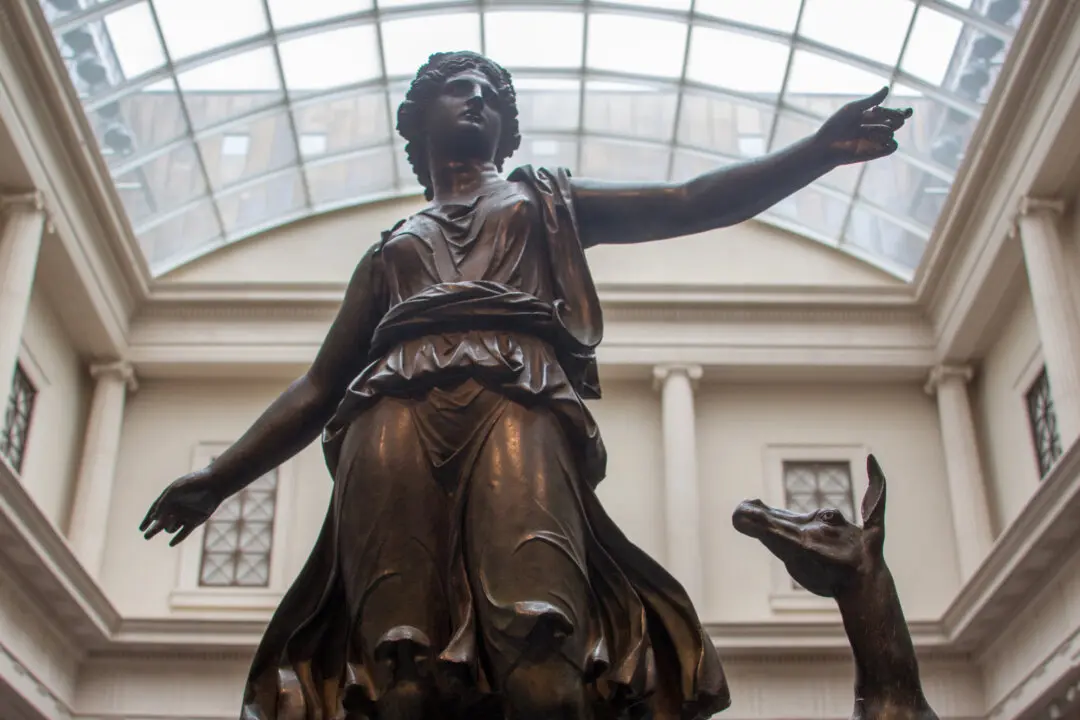The British painter Sir Joshua Reynolds (1723–1792) was the leading portraitist of his day. He forged a successful career creating images of English lords and ladies in sumptuous dress set in front of picturesque landscapes. However, his portrait of an atypical sitter is considered by scholars to be his masterpiece. “Portrait of Mai (“Omai”)” depicts the first officially recognized Polynesian to visit Britain.
In the 21st century, Reynolds’ monumental and dignified portrayal of Mai was deemed by the UK to be valued at $62 million and a culturally important artwork. When the owner of the portrait wanted to take it abroad, the government placed a temporary export ban on the picture. It took an innovative international museum collaboration to save the picture for public view.

